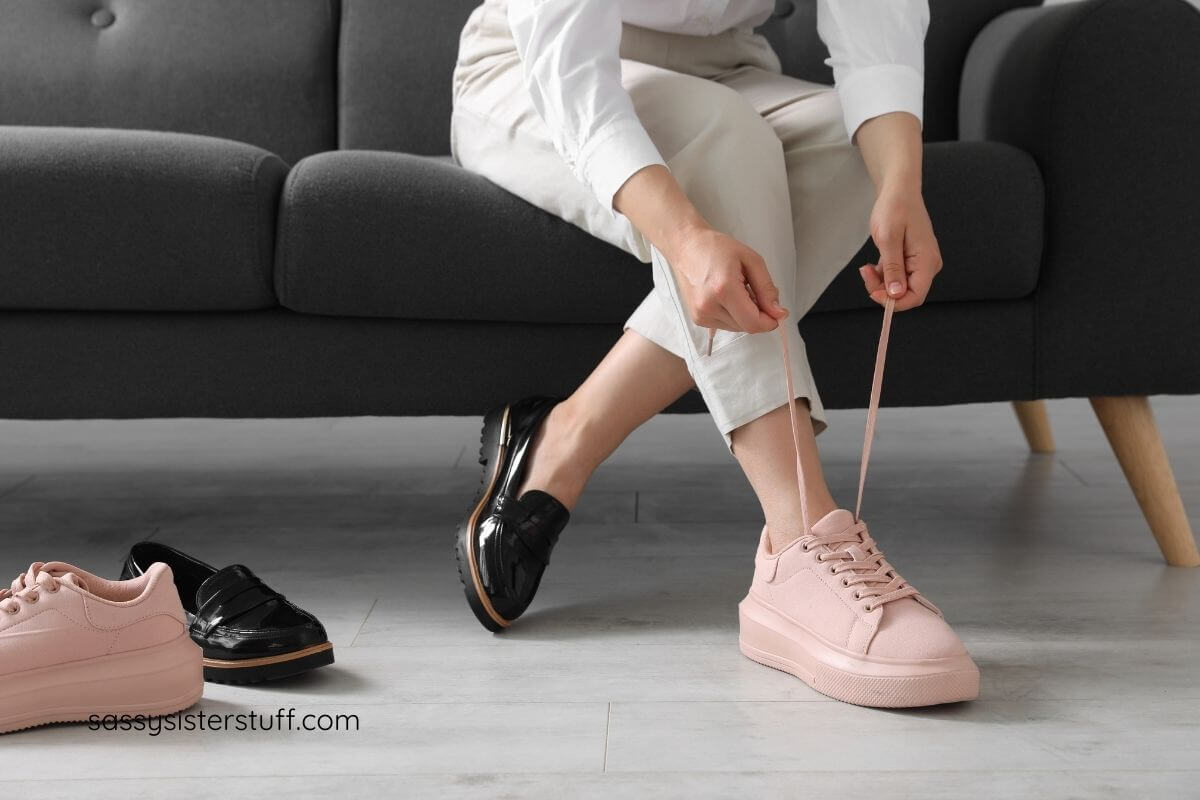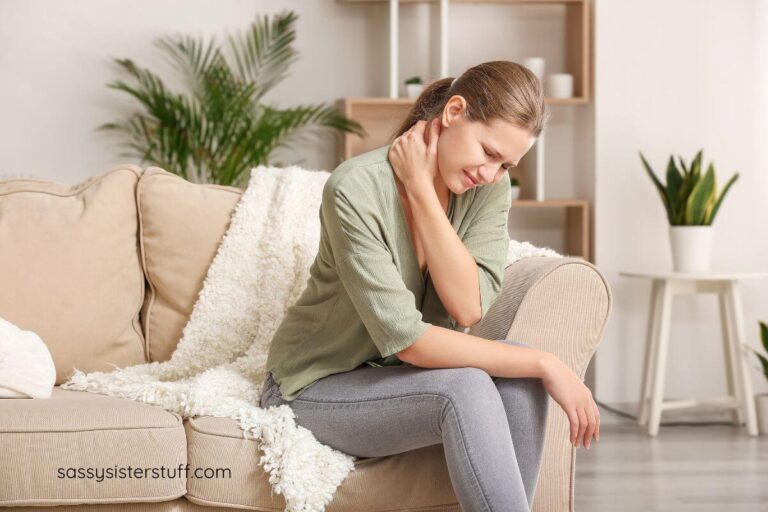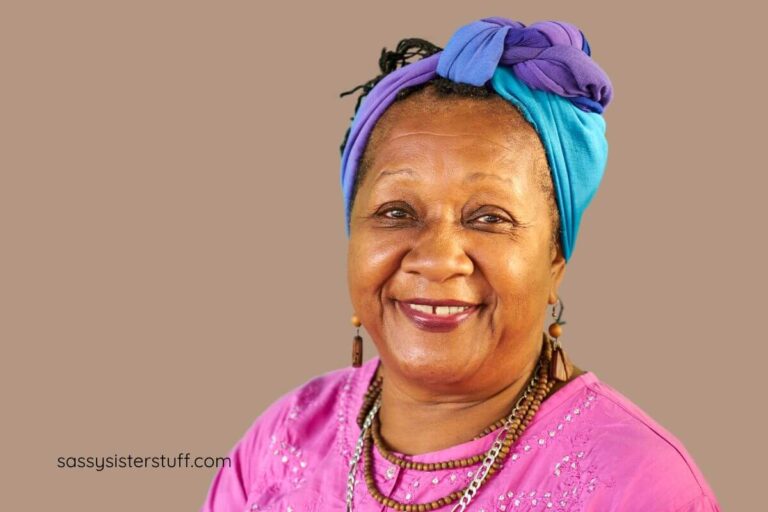Supportive Footwear for Caregivers and Women on Their Feet All Day
When your days are measured not in hours but in tasks such as school drop-offs, grocery runs, work shifts, sports practice pick-ups, your shoes become more than just part of your outfit.
They’re the foundation that keeps you moving.
For caregivers and aging women, the right footwear can mean the difference between ending the day tired and ending the day in actual pain. And while style matters, supportive footwear is what makes the real difference.
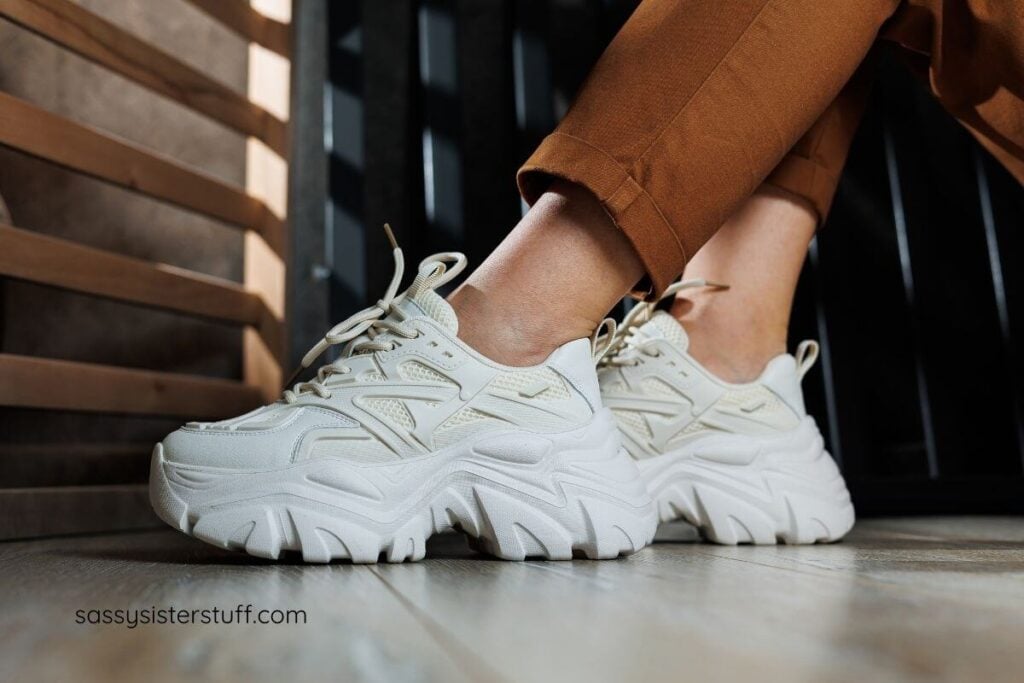
The good news? You don’t have to choose between looking good and feeling good.
Modern sneakers are blending cushioning technology with sleek designs, so you can handle a marathon day (without actually running one) while still feeling pulled-together.
Here are some of the best sneaker types for non-stop days on your feet.
What is Supportive Footwear?
A supportive shoe will often have:
Midfoot support to assist with controlling the arch of the foot during each step; plenty of cushioning in the heel and throughout the forefoot to protect us from the hard surfaces many of us run on; shoes with arches provide support across the bottom of your foot, giving you greater balance and stability.
Cushion-First Running Trainers
Running shoes aren’t just for logging miles. They’re fantastic for anyone who spends hours standing, walking, or juggling both.
Look for models with thick midsoles, responsive foam cushioning, and breathable mesh uppers to keep your feet comfortable.
The athletic profile pairs just as easily with jeans and a tee as it does with joggers or leggings.
Brands like Brooks, Asics, and Saucony have refined their designs so they’re lighter, more supportive, and easier on the joints.
For caregivers who might be pushing a wheelchair one minute and bending to tie a shoelace the next, the right running trainer can make every step less taxing.
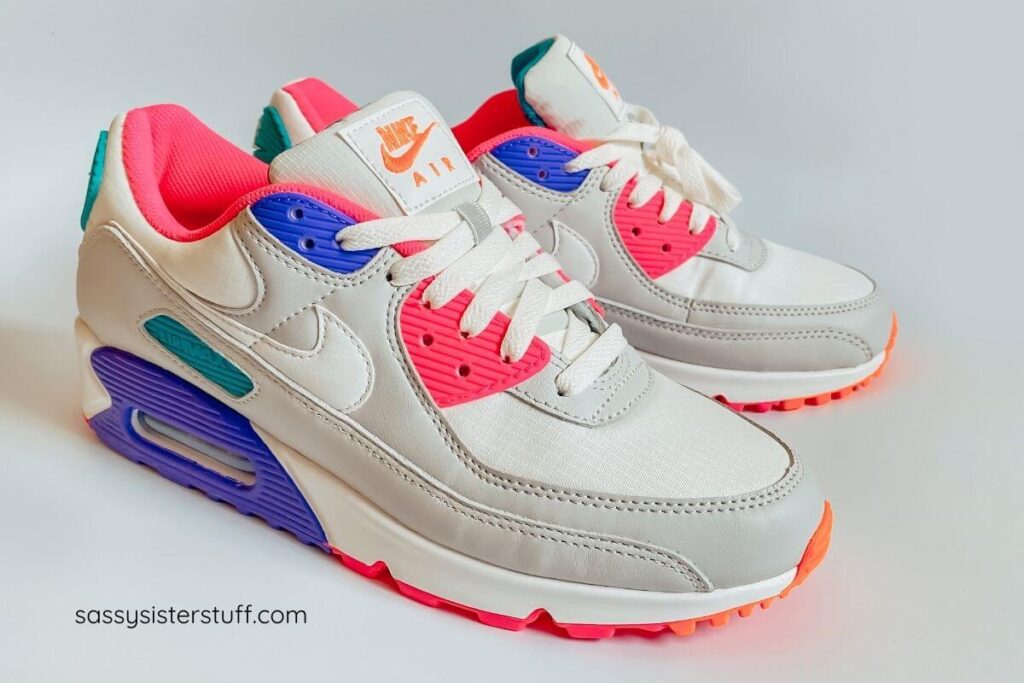
Lifestyle Sneakers with Hidden Support
Lifestyle sneakers are perfect for those who want all-day comfort in a shoe that looks as good at the coffee shop as it does on the school run.
These often feature cushioned insoles, sturdy heel counters, and flexible outsoles — supportive elements disguised in a sleek silhouette.
Adidas’ Stan Smith and Nike’s Air Force 1 are two great examples. These are two classic shapes with plenty of room for custom insoles if you need extra arch support. They’re proof that you don’t have to sacrifice style for stability.
Hokas are also great lifestyle shoes that are designed to give you excellent structure and support.
Skate Shoes Built for Durability
Skate shoes are designed to handle constant impact, which makes them surprisingly good for anyone logging long hours on their feet. (Don’t laugh… the term skate is just a style… you’re not going to roller skate! 😉)
New Balance skate shoes, for example, combine reinforced stitching, grippy soles, and cushioned footbeds to handle both the wear and tear of skating and the demands of everyday life.
Some may think these are only for men, but they are very practical and durable shoes for women, too! Just check the size chart for conversion.
The sturdy construction offers stability, while the low-profile design means they pair easily with almost any casual outfit.
Whether you’re running errands, walking around an assisted living home, or just standing for extended periods, a durable skate shoe can give you the blend of comfort and toughness you need.
Slip-On Sneakers for Quick Changes
Some days, even tying laces feels like one task too many. That’s where slip-on sneakers shine.
Elastic gussets or stretchable uppers make them easy to slide on and off, but don’t let the convenience fool you — they can still pack plenty of support.
Vans slip-ons and Skechers’ memory foam styles are popular for their mix of comfort and low-maintenance wear. They’re perfect for mornings when you’re running late or afternoons that demand quick outfit changes between activities.
If you’re like me and have trouble with slip-on shoes, you can use these for quick errands and driving, and then change to your more supportive shoes.
Tips for Choosing the Right Supportive Sneaker
- Check the fit: Feet can swell during the day, so try shoes on in the afternoon for the most accurate size.
- Look for arch support: Even flat-soled styles can be improved with a good insole.
- Prioritize cushioning: More time on your feet means more impact — good midsoles matter.
- Test for flexibility: The shoe should bend at the ball of the foot but still feel stable.
- See a Podiatrist: If you have trouble being on your feet for long periods of time, a podiatrist may be able to advise you which shoes would be best, or have an orthotic insert made for your shoes.
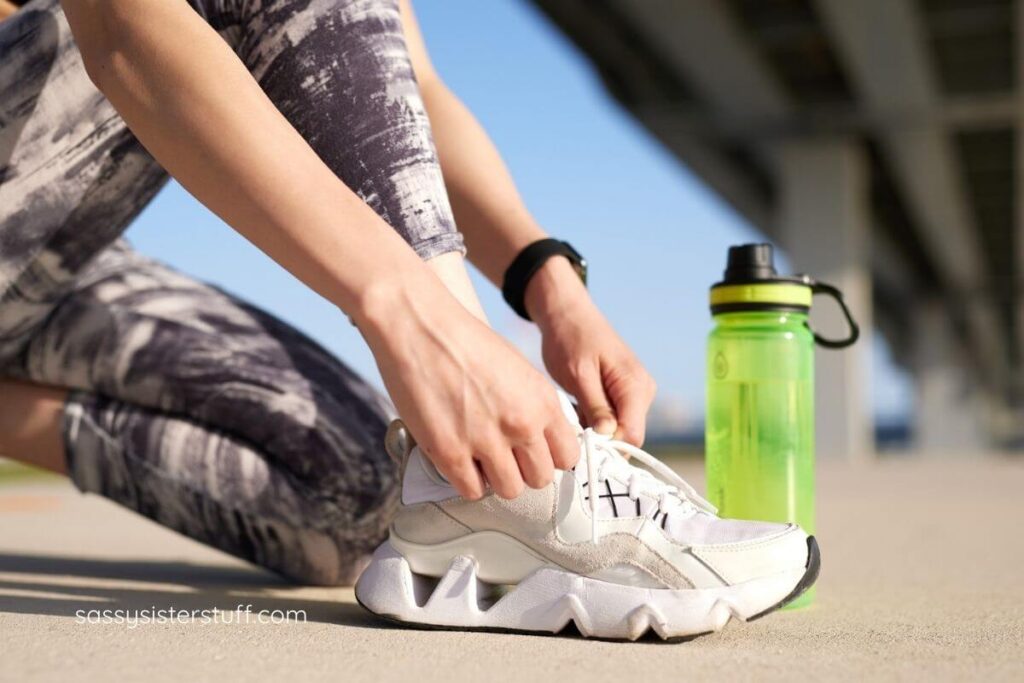
Wrapping It Up
For caregivers and women who live life on the move, the right pair of sneakers isn’t just a style choice — it’s an act of self-care.
Whether you opt for cushion-heavy running trainers, versatile lifestyle kicks, durable New Balance skate shoes, or quick slip-ons, supportive footwear will keep you ready for whatever the day throws your way.
Comfort and style can absolutely walk hand in hand—especially when you’re the one setting the pace.
Here’s to finding the right shoes for your feet and being able to walk comfortably for days! 😊
Love to ALL! ~ Susan
You may enjoy our other articles about Special Clothing:

